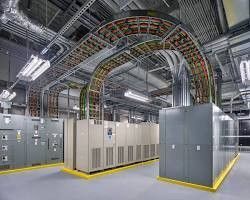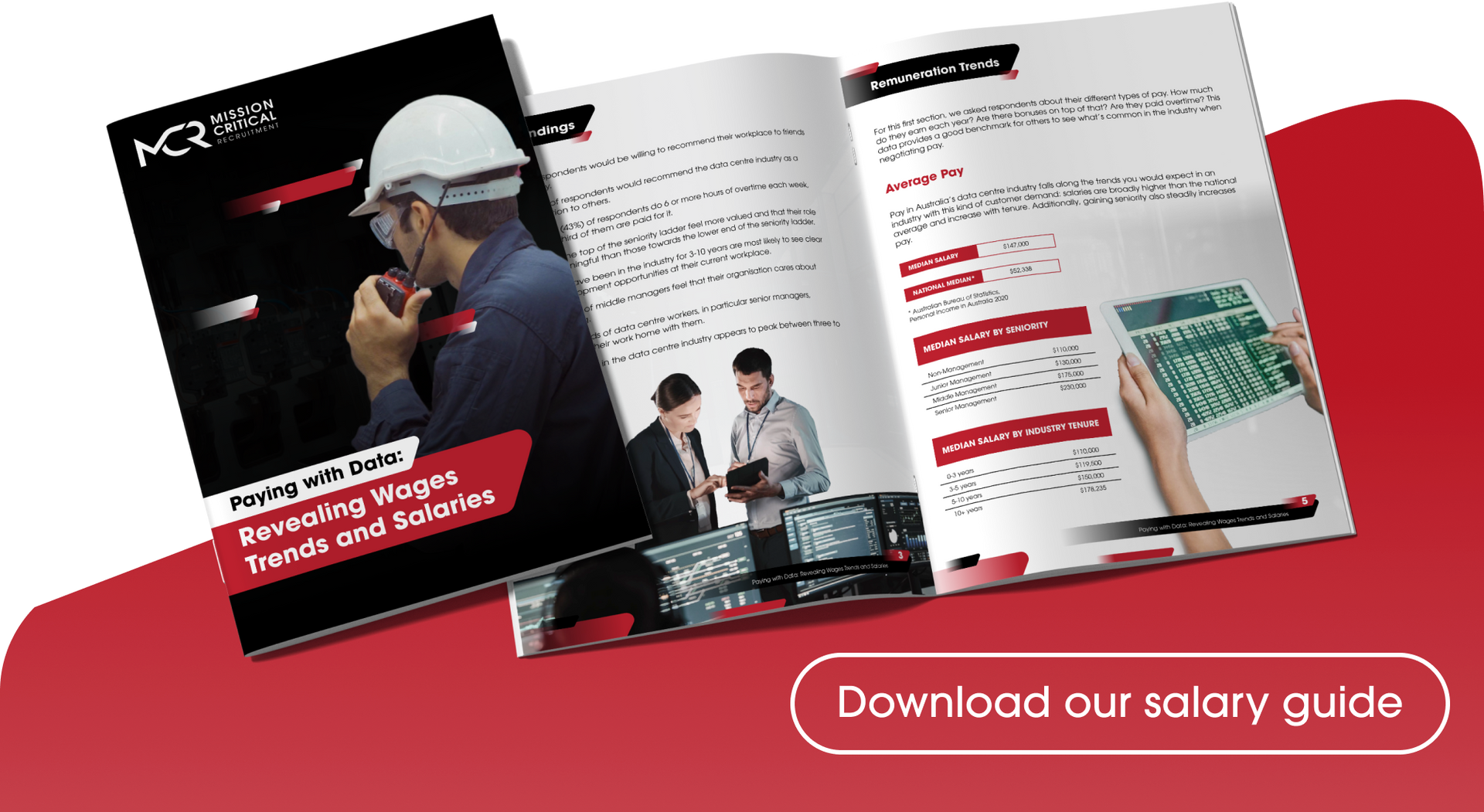Can New Zealand become the new Hub for Data Centres?

Written by Barry Lewington
When the market speaks about the countries that lead the Data Centre market, we hear the US, China, Hong Kong, Singapore, UK, and Germany, but New Zealand would not be in the Premier Division of Data Centre countries, currently ranked 22nd in the world, but could all of this be about to change?
If we look at New Zealand’s in-country commercial business requirements for Data Centre space, it is not significant, and the current Data Centre Service Providers just about meet the country’s current needs. It’s true the population (4.8 million) are not the biggest users of the Internet ranked 19th in APAC. Within the country there are registered 73 Colocation Data Centres (source - Cloudscene).
So how can this group of some 600 islands that make up New Zealand located in the Pacific Ocean renowned for its national rugby team (The All Blacks), indigenous Maori culture and its picturesque landscape, become a major Data Centre hub?
The Data Centre marketplace is a complex beast! Not every Data Centre is suitable for every customer, in fact customers have varied requirements that have tested Data Centres to the extreme, and in many cases have found the Data Centre facility lacking the capability to meet the needs. The mainstream Data Centre Service Providers seek the traditional Corporate/Government clients to host their Enterprise IT infrastructure in their colocation facilities, and this has been a good business for many of the successful Data Centre Service Providers for the past 30 years.
Today though the model is going through a change. Enter stage right the Hyperscalers (typically Cloud Service Providers such as Microsoft, AWS etc.), all looking to take up big footprints in new facilities providing a rich revenue stream for the Data Centre Service Providers. The Corporate market for Data Centre space has for many years been steady, but the footprints have been reducing in size as Corporates also start the move of their IT services to the Hyperscaler platforms.
There is though, a new growing market that has not been served well by this mainstream supply, the ‘High Processing’ marketplace. Today there exists clients whose business requirements require high processing/high performance computing (HPC) systems, clients such as:
- research companies
- oil, gas and mineral mining
- cryptocurrency mining
- new product modelling and testing
- artificial intelligence and machine learning systems
- media and entertainment
- financial services
With the imminent growth of 5G applications, the need to process incoming data from, for example, autonomous cars will grow exponentially. Automobile manufacturers are dramatically going through a major refurbishment of their models as they try to keep up with the competition for the release of energy efficient and environmentally friendly hybrid vehicles, so the traditional market is due for change.
As complex as the Data Centre services market is, so is the Data Centre build market!
A standard Data Centre is built using a common framework with the typical outcome a standard Tier III (UTI) compliant facility. This model has not changed dramatically for the past 30 years but for the odd tweak here and there as technology has improved.
Data Centres need access to key external utilities to make them work and remain competitive:
1. Access to the reliable delivery of electrical power, and lots of it. Today’s Data Centres typically start at 10MW and many new ones are being built with capacity to support 100MW and more. A Requirement is the need to be close to at least one electrical sub-station, if not expect to pay US$1 mill per kilometre for power cables to be installed.
2. Access to the Telecommunications Fibre Network Highway (preferably diverse connectivity), so that customers can have a broad selection of Telecommunications Service Providers.
3. Safe secure location, away from flood plains, air routes, railway lines and high-risk facilities (gas/petrochemical facilities)
4. Good road access to allow customers and the support staff to access the facility, and not too far away from a major city/town.
Even with ticks in all the boxes for all the must haves, there are many wins to be made from a second checklist, that will differentiate the Data Centre facility from its competition.
- Environmental – the external environment can have a big impact on how cooling within the Data Centre will be implemented. A typical Data Centre runs with an internal Data Hall environmental temperature that aligns with the ASHRAE guidelines being an envelope of between 18C to 25C and a maximum threshold of 32C, although most Data Centres today aim for a cold aisle envelope of 25C and 28C, very different from the cold computer rooms of 30 years ago. With operating temperatures of between 25C and 28C there is a greater opportunity to utilise ‘Free Cool Air’ when the external air is sub 25C, using the cool air externally and bringing it directly into the Data Hall rather than mechanically cooling air which has a by-product of using valuable power. There is a downside that humidity within the hall must be constrained between 20% and 80% and this needs to be managed when bringing in external air.
- Access to Water – If mechanical cooling is required then access to water (lots) may also be required (depending on the cooling method used).
- Power – as mentioned above the need for access to a large power source. The cost of power varies considerably by location and access to cheap power can greatly reduce the cost of services to the customer. New Zealand has had great success in developing a renewable energy strategy with 80% now sourced from renewable sources (20% from geothermal sources). If we compare this with a new entrant in the Data Centre market, Iceland (located in the northern hemisphere between Norway and Greenland) whose power is also sourced from renewable sources (70% from hydroelectric power and 30% from geothermal), there is a familiar picture forming.
Iceland has a population of just 333,000, but has become a growing Data Centre market, with 99% of its customer coming from offshore.
So why is Iceland becoming a growing Data Centre market?
Two key reasons, access to an environment where the external temperature doesn’t reach 20oC during the summer, so provides constant access to ‘Free Cool Air’ reducing the need for mechanical cooling systems (reduced build and run costs), and secondly access to very cheap renewable energy.
So, could this be repeated in New Zealand?
Temperatures in the South Island rarely reach a high of 20C in the summer, well below the minimum temperatures required in the Data Halls of 25C, providing the opportunity for 12 months of ‘Free Cool Air’. Add to this access to cheap renewable power services and the New Zealand model mimics that of Iceland. Add to this:
- Ease of doing business – ranked 1st globally
- Political Freedom – ranked 1 (highest ranking)
- Global Peace Index – ranked 4th globally
With a growing market for high-capacity processing hosting facilities that are efficient (expect a PUE (Power Usage Efficiency) rating of sub 1.1) and access to reliable low cost power, access through high bandwidth fibre telecommunications and market that is easy to do business in and you have a good balanced environment.
Taking all the above into consideration, expect New Zealand to grasp this opportunity to grow its Data Centre footprint to a new demanding global marketplace over the coming years.
For more information on this article and the growing New Zealand Data Centre market contact the author.















